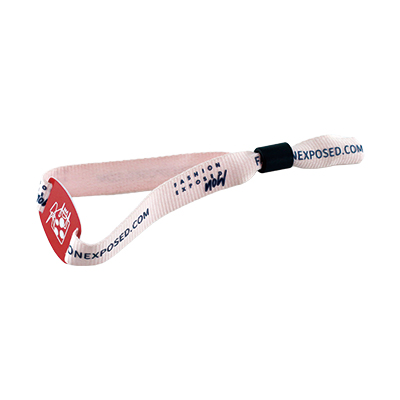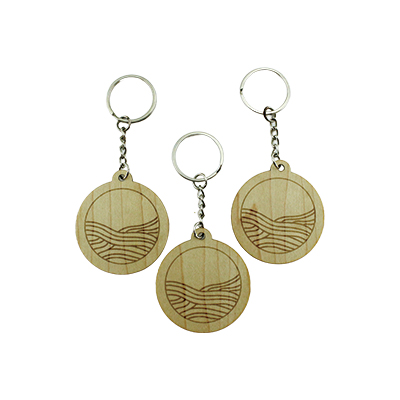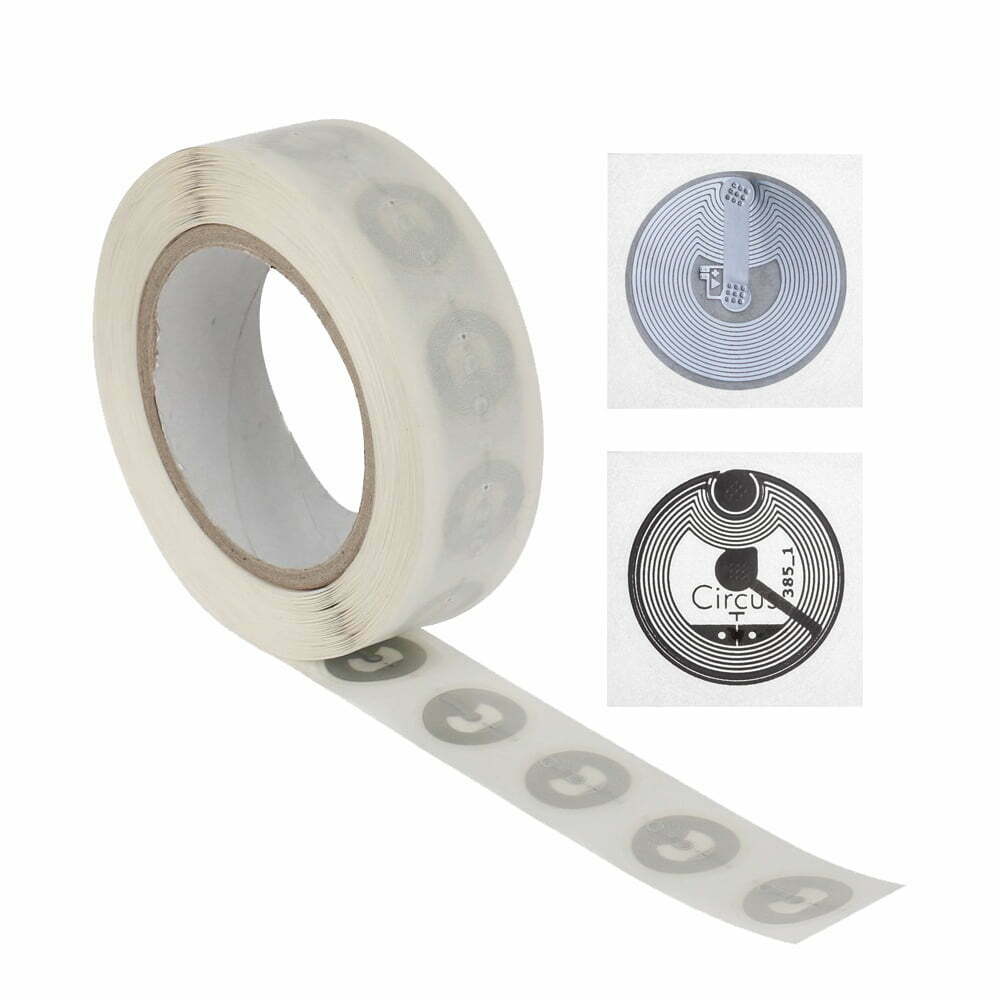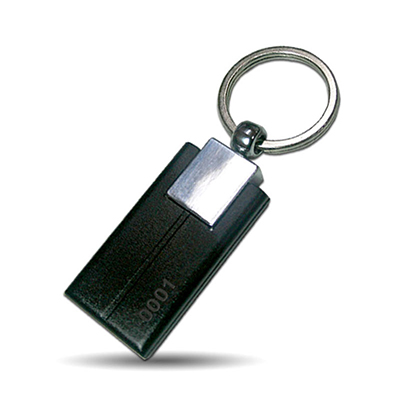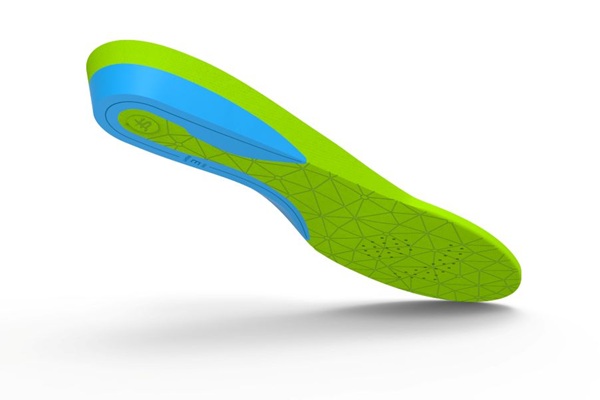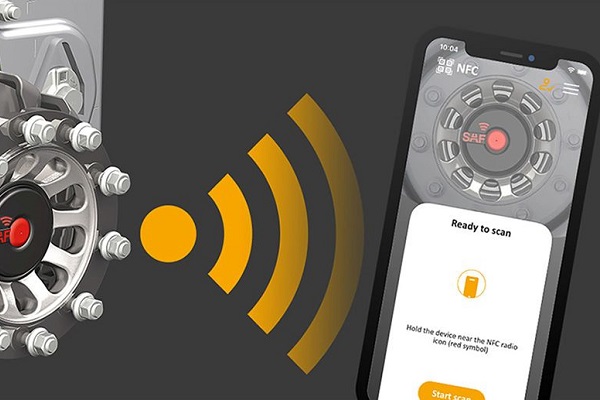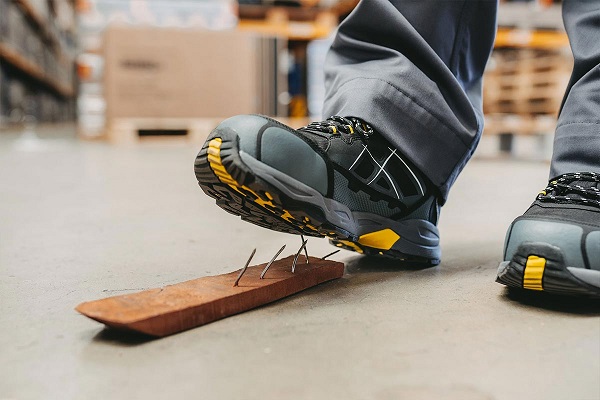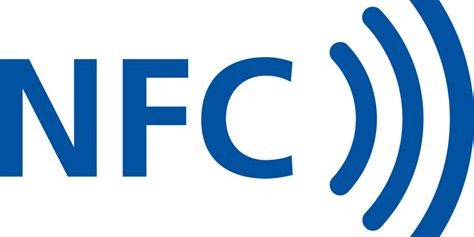 A Near Field Communication chip is the integrated circuit within the NFC inlay that makes an NFC tag perform NFC operations. There are several different NFC chip types available; each with its own features, performance, cost and availability. NFC chips do not work by themselves; they must be be attached to an antenna to form an NFC inlay. The ultimate performance of an NFC chip is determined by both the NFC chip, the tuning of the antenna, the product the inlay is in and the device interacting with the NFC tag.
A Near Field Communication chip is the integrated circuit within the NFC inlay that makes an NFC tag perform NFC operations. There are several different NFC chip types available; each with its own features, performance, cost and availability. NFC chips do not work by themselves; they must be be attached to an antenna to form an NFC inlay. The ultimate performance of an NFC chip is determined by both the NFC chip, the tuning of the antenna, the product the inlay is in and the device interacting with the NFC tag.
One of the first steps in an NFC project is to choose which NFC chip type will be used in the NFC tags. Here are some practical guidelines for choosing the correct NFC chip for your project:
- Make sure the NFC chip has enough memory capacity to store what you are going to encode
- Encode as little data as possible to increase read and write performance and usability
- Use a modern NFC chip that is readily available; they are better tuned for the antennas in NFC enabled devices
- Choose an NFC Forum compliant chip to ensure it will work on all NFC enabled devices
- Most NFC projects will want an NDEF formatted chip
- Some NFC chips have extra ‘features’; these are not used by the vast majority of deployments so don’t worry about them too much
- Not all NFC products (stickers, wristbands, cards…) are available with all NFC chips; another reason to use a modern and available NFC chip type
Comparison Matrix
Thsi NFC chip feature matrix allows you to compare the characteristics of each chip to each other. If you need additional technical information, see the technical specs below.
| NFC CHIP | COST | MEMORY | PRE-NDEF FORMATTED |
LOCKABLE | ISO | NFC FORUM TYPE |
NOTES |
|---|---|---|---|---|---|---|---|
| NXP MIFARE Ultralight | $$ | 48 bytes | No | Yes | 14443 | Type 2 | Old, limited availability |
| NXP MIFARE Ultralight C | 144 bytes | No | Yes | 14443 | Type 2 | Old, poor performance, do not use | |
| NXP MIFARE Ultralight EV1 | $$ | 48 bytes | No | Yes | 14443 | Type 2 | New, UID only or small memory without NDEF |
| NXP NTAG203 | 144 bytes | Yes | Yes | 14443 | Type 2 | Not in production anymore, replaced by NTAG213 | |
| NXP NTAG210 | 48 bytes | Yes | Yes | 14443 | Type 2 | Not commonly used | |
| NXP NTAG210 Micro | $ | 48 bytes | Yes | Yes | 14443 | Type 2 | New, small NDEF memory, Platform tag |
| NXP NTAG212 | 128 bytes | Yes | Yes | 14443 | Type 2 | Not commonly used | |
| NXP NTAG213 | $$ | 144 bytes | Yes | Yes | 14443 | Type 2 | Most popular, medium sized NDEF needs; long url or text |
| NXP NTAG215 | 504 bytes | Yes | Yes | 14443 | Type 2 | Not commonly used | |
| NXP NTAG216 | $$$ | 888 bytes | Yes | Yes | 14443 | Type 2 | Large NDEF data, contact records |
| Kovio 2Kb | $$ | 116 bytes | Sometimes | OTP | 14443 | Type 2 | Not in production |
| Innovision Topaz (120b) |
$$$ | 96 bytes | No | Yes | 14443 | Type 1 | Old, limited availability, compatibility issues |
| Innovision Topaz (512b) |
$$ | 454 bytes | No | Yes | 14443 | Type 1 | Old, limited availability, compatibility issues |
| NXP DESFire EV1 (2K) |
$$$ | 2048 bytes | No | Yes | 14443 | Type 4 | Specialty, not commonly used, expensive |
| NXP DESFire EV1 (4K) |
$$$ | 4096 bytes | No | Yes | 14443 | Type 4 | Specialty, not commonly used, expensive |
| NXP DESFire EV1 (8K) |
$$$$ | 8192 bytes | No | Yes | 14443 | Type 4 | Specialty, not commonly used, expensive |
| NXP Mifare (1K) |
752 bytes | No | Simulated | 14443 | Not Compliant | Old, not NFC Forum, do not use | |
| NXP Mifare (4K) |
3440 bytes | No | Simulated | 14443 | Not Compliant | Old, not NFC Forum, do not use | |
| NXP Mifare Mini | 320 bytes | No | Simulated | 14443 | Not Compliant | Old, not NFC Forum, do not use, limited availability | |
| NXP ICODE SLI |
112 bytes | No | Yes | 15693 | Type 5 | Old, not commonly used | |
| NXP ICODE SLI-X |
112 bytes | No | Yes | 15693 | Type 5 | Longer reading range, not commonly used |



